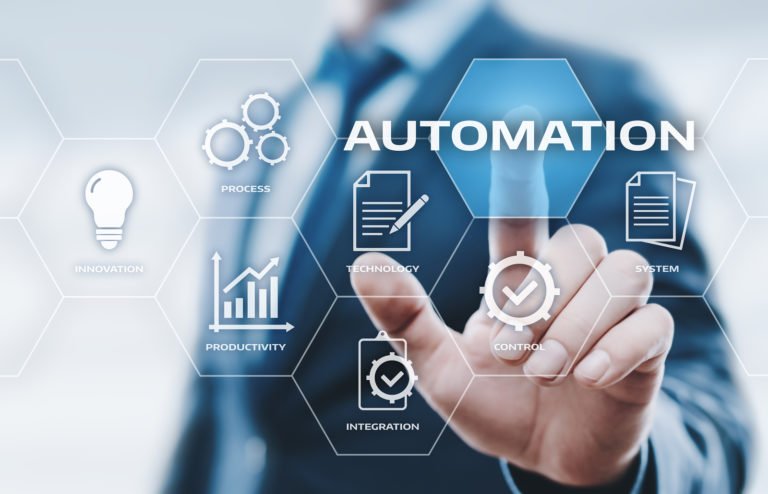
The Emerging Risks Monitor Report Shows New Working Model and Managing Remote Work Round Out Top Three Concerns, according to Gartner Inc.
Executives continued to express operational concerns related to new working models, managing long-term remote work and their organizations’ strategic responses in the face of the pandemic and related economic disruptions (see Table 1).
“The consistency with which executives around the world are highlighting the second wave of COVID-19 as the top risk is notable in light of a looming and significant U.S. presidential election, continued extreme weather events and broad social instability,” said Matt Shinkman, vice president with the Gartner Risk and Audit Practice. “The pandemic has either exacerbated many of the other risks noted by executives in our report or created entirely new sets of operational risk areas, so it makes sense that concerns over a second wave predominate.”
Table 1. Top Five Risks by Overall Risk Score: 4Q19-3Q20
| Rank | 4Q19 | 1Q20 | 2Q20 | 3Q20 |
| 1 | Strategic Assumptions | Strategic Assumptions | The Second Wave | The Second Wave |
| 2 | Cyber-Physical Convergence | Cyber-Physical Convergence | The New Working Model | The New Working Model |
| 3 | Extreme Weather Events | 2020 US Presidential Election | Strategic Corrections | Remote Talent Management |
| 4 | Data Localization | Data Localization | 2020 US Presidential Election | 2020 US Presidential Election |
| 5 | U.S.-China Trade Talks | Macroeconomic Stagnation | US/China Trade Talks | Strategic Corrections |
Source: Gartner (October 2020)
Executives Grappling with Opportunities and Risks of New Working Models
One of the largest impacts beyond accounting for the health and safety of employees in a second wave scenario is the prolonged and dramatic impacts to how organizations will work effectively.
Gartner’s data shows that nearly twice as many employees will work remotely permanently post-pandemic compared to pre-pandemic, with executives reporting that 19% of their workforce will be permanently remote now, compared to just 10% pre-pandemic.
“We are beginning to see executives come to terms with prolonged remote work in a way that wasn’t feasible in the early stages of the pandemic, with the abruptness of the move revealing large operational holes in the ability to manage people and risks,” said Mr. Shinkman. “Our data now shows that HR leaders have drastically stepped up their programs for monitoring employee productivity, with 73% indicating they are partaking in some sort of monitoring, compared to less than half in April.”
While organizations have put better controls in place for individual employee productivity, risks around maintaining culture, collaboration and team camaraderie remain high on executives’ list of concerns.
Viewing Risks as Opportunities
Even as executives grapple with the new set of risks that come with remote work, many executives also see opportunities in the situation. Nearly half of 328 respondents (49%) to a Gartner poll on remote work highlighted the cost savings as an opportunity for organizations, while 27% highlighted the potential productivity gains.
“Since we started tracking emerging risks we have always counseled our clients to try to view these new risks as opportunities to improve their organization’s responses,” said Mr. Shinkman. “The reality of prolonged remote work provides a unique window for enterprise risk management teams to shape the right policies to both encourage productivity, gain cost efficiencies and make sure the organization is protected from a cybersecurity perspective.”

Founder Dinis Guarda
IntelligentHQ Your New Business Network.
IntelligentHQ is a Business network and an expert source for finance, capital markets and intelligence for thousands of global business professionals, startups, and companies.
We exist at the point of intersection between technology, social media, finance and innovation.
IntelligentHQ leverages innovation and scale of social digital technology, analytics, news, and distribution to create an unparalleled, full digital medium and social business networks spectrum.
IntelligentHQ is working hard, to become a trusted, and indispensable source of business news and analytics, within financial services and its associated supply chains and ecosystems



























